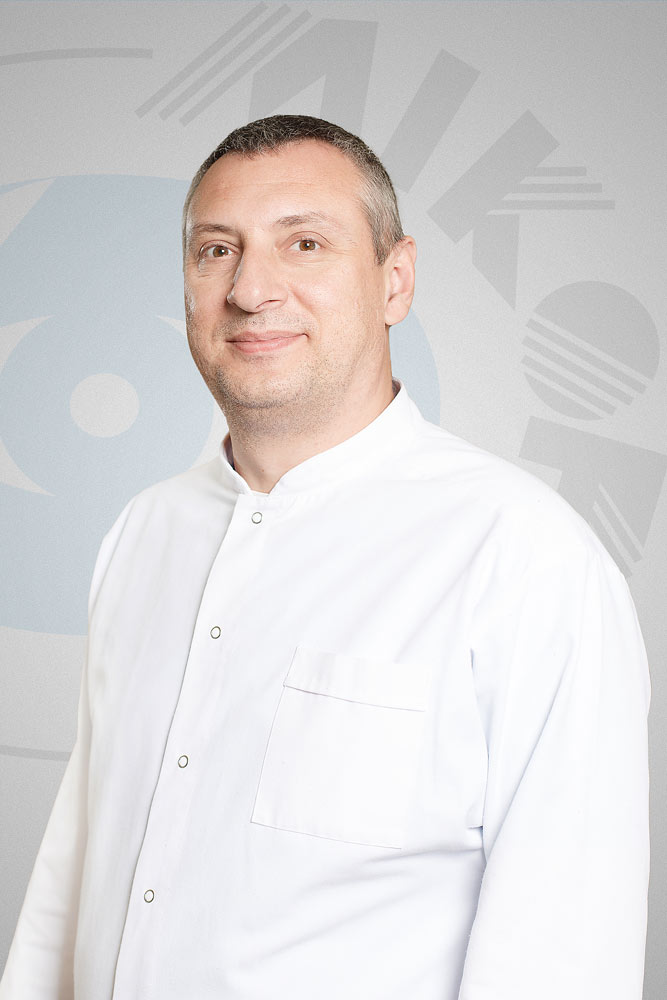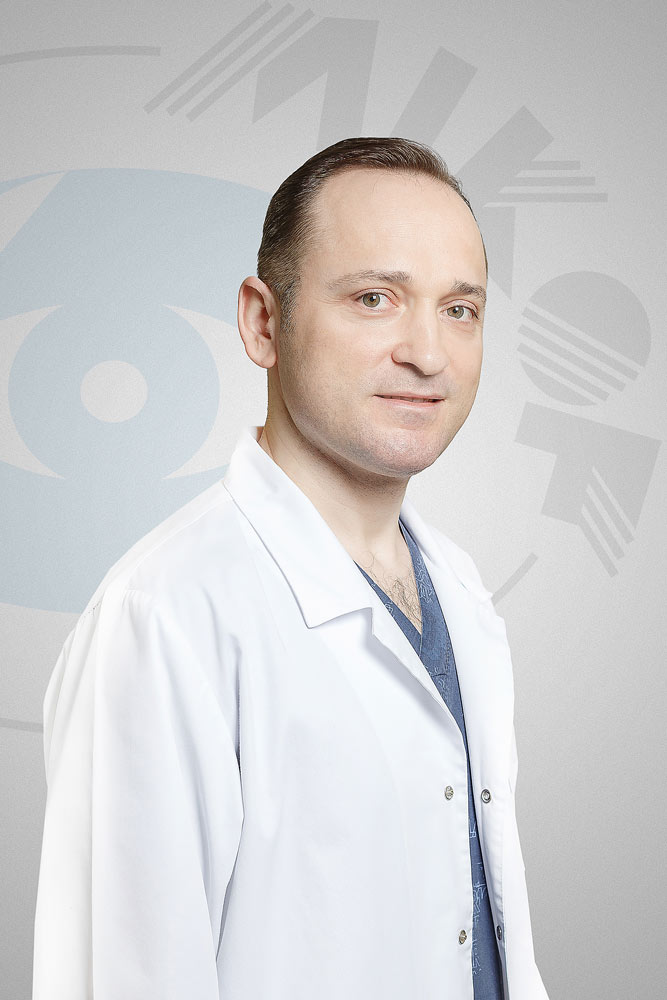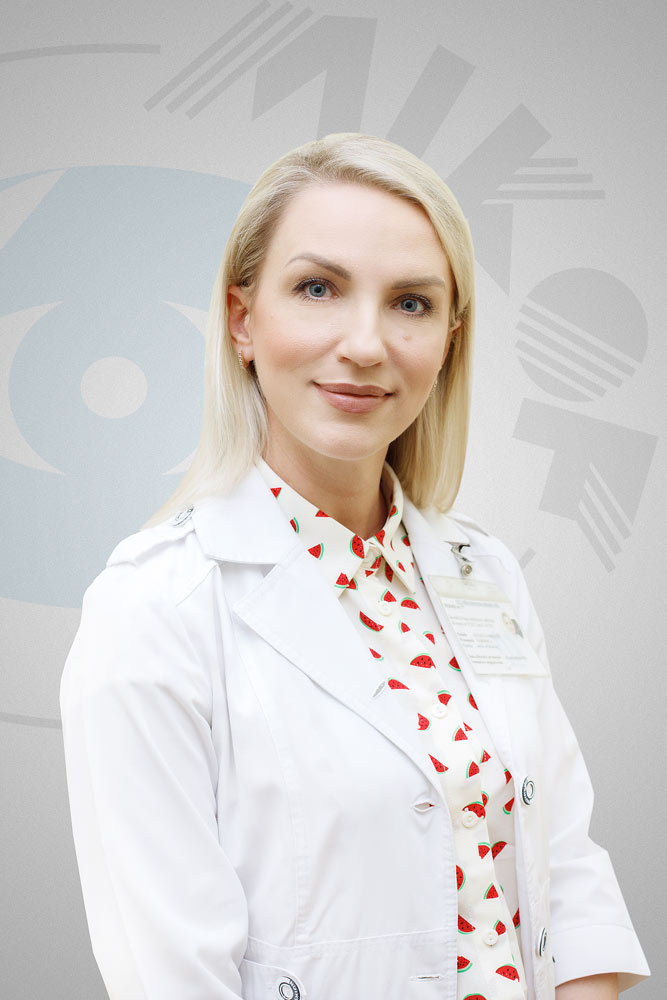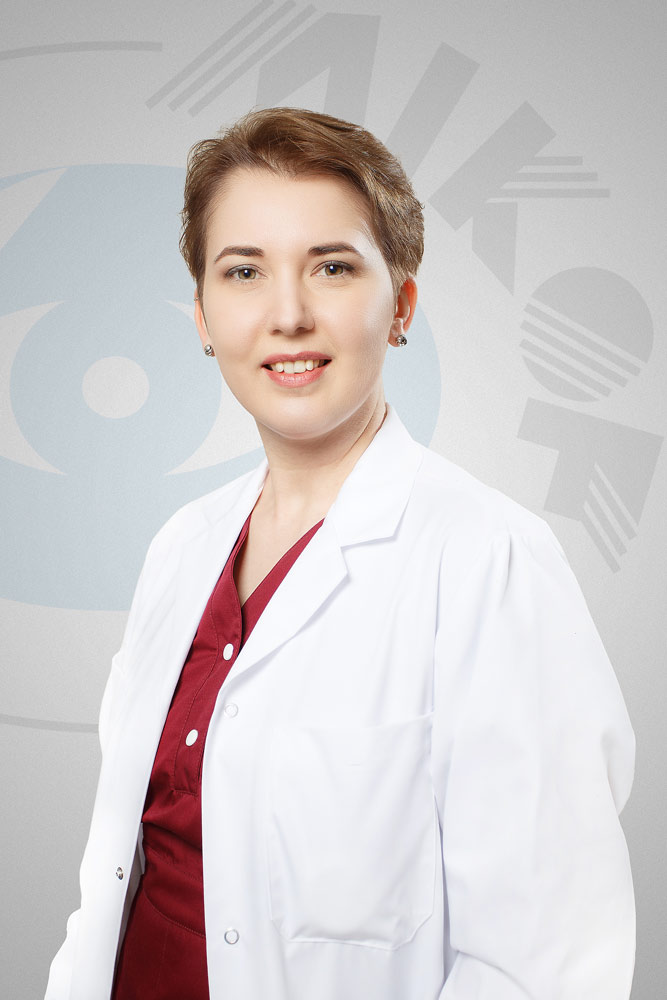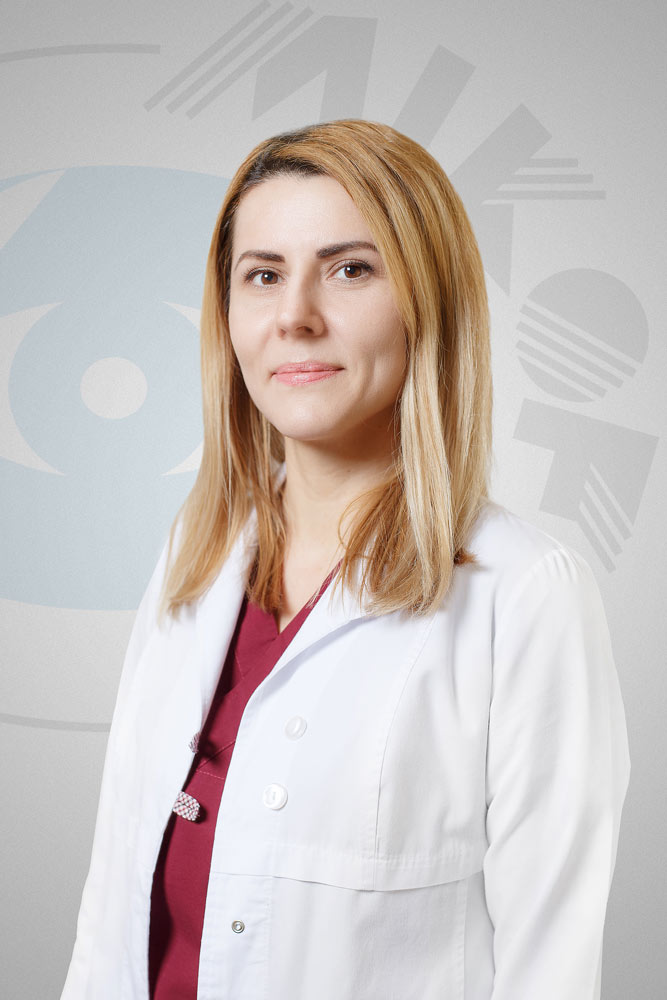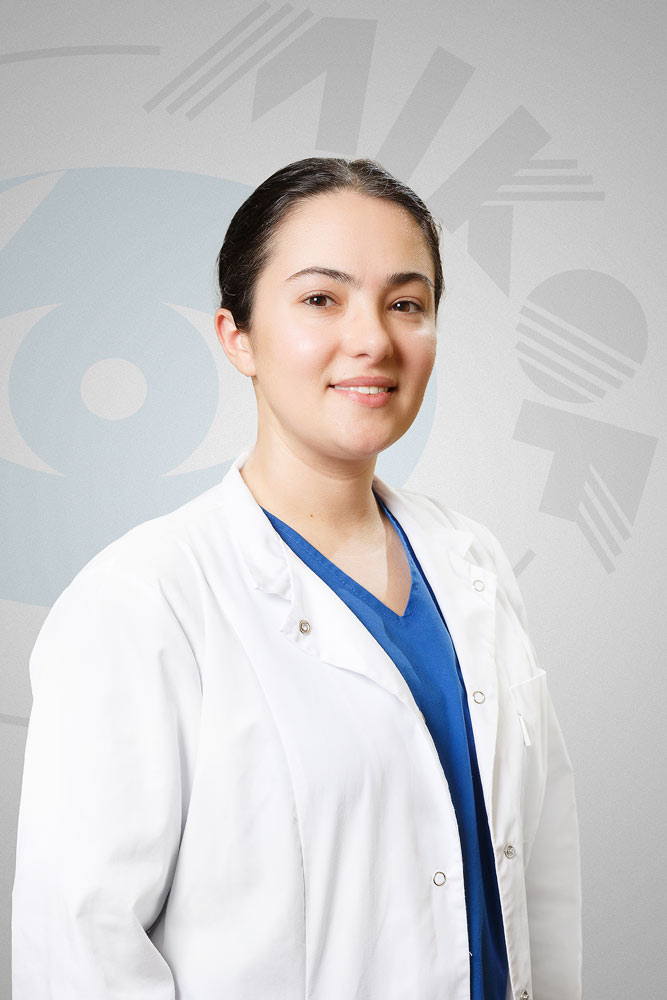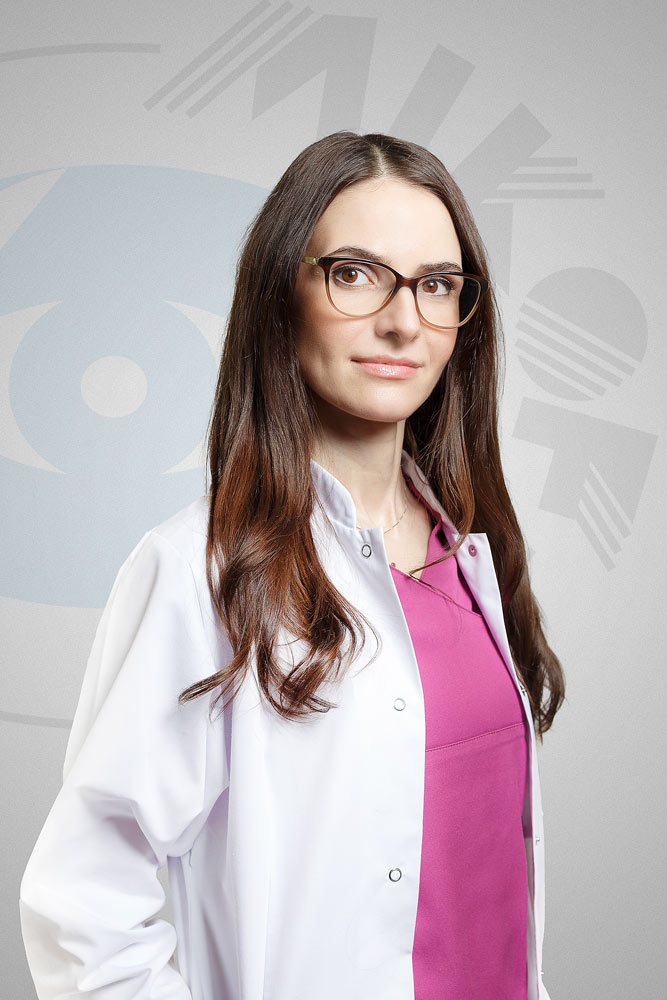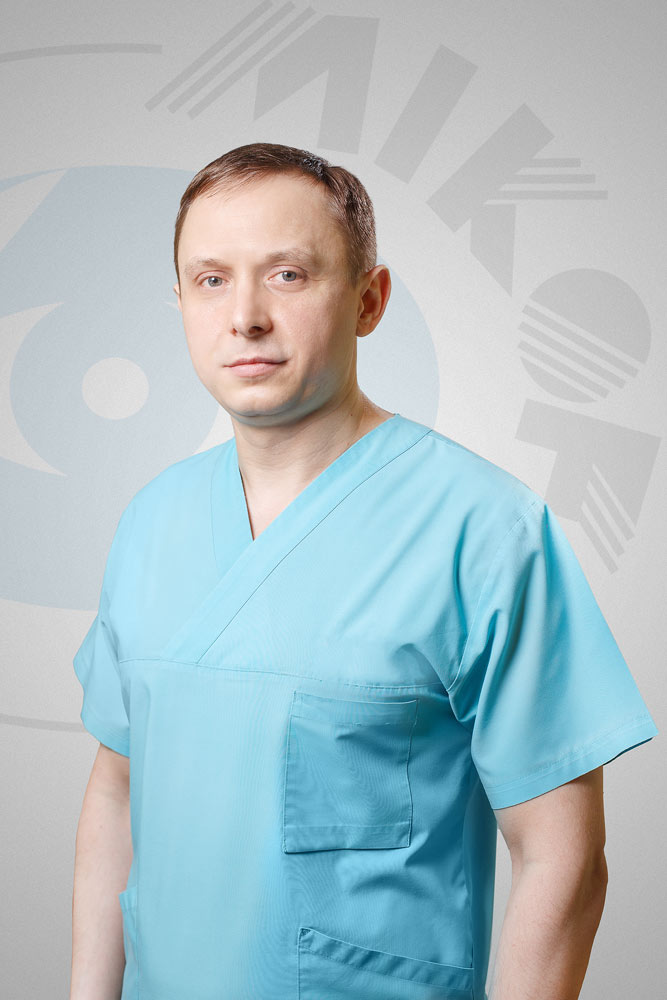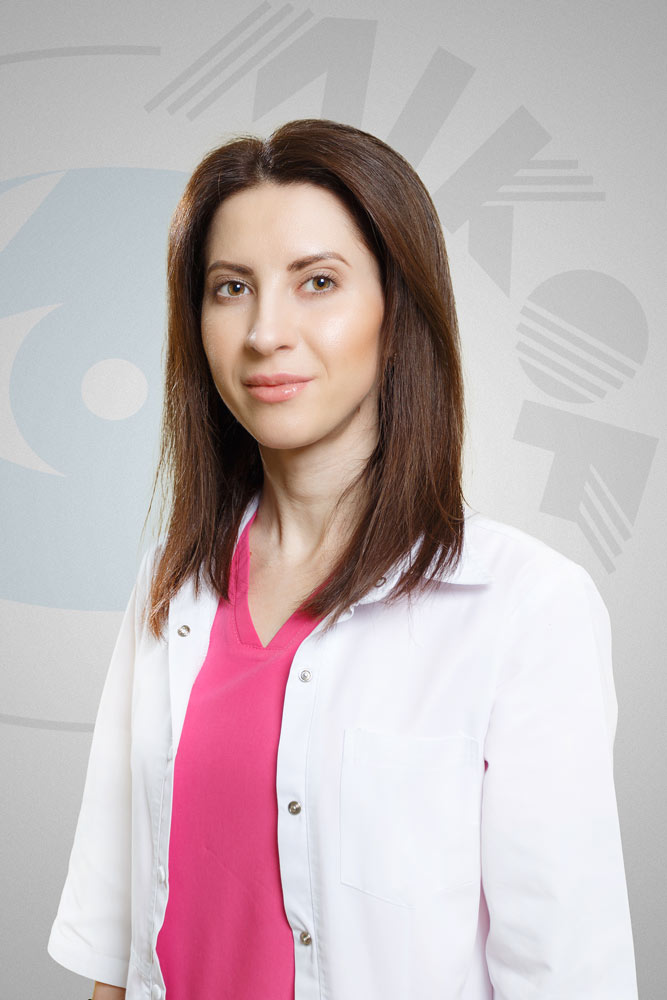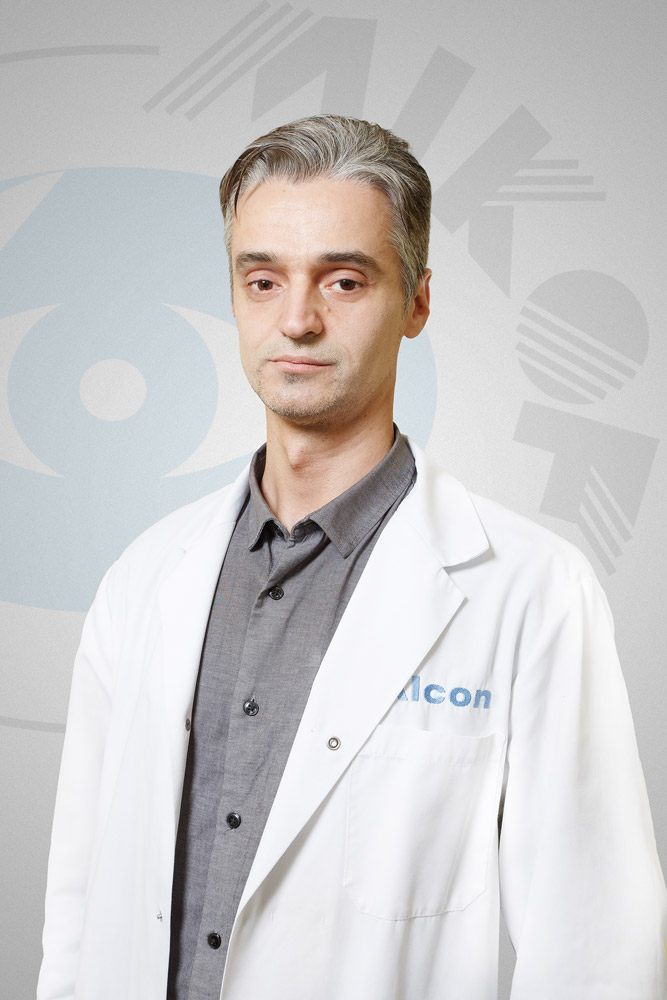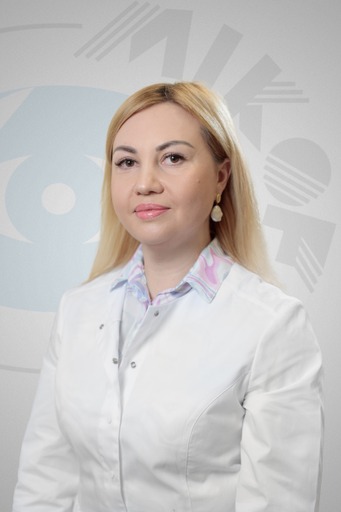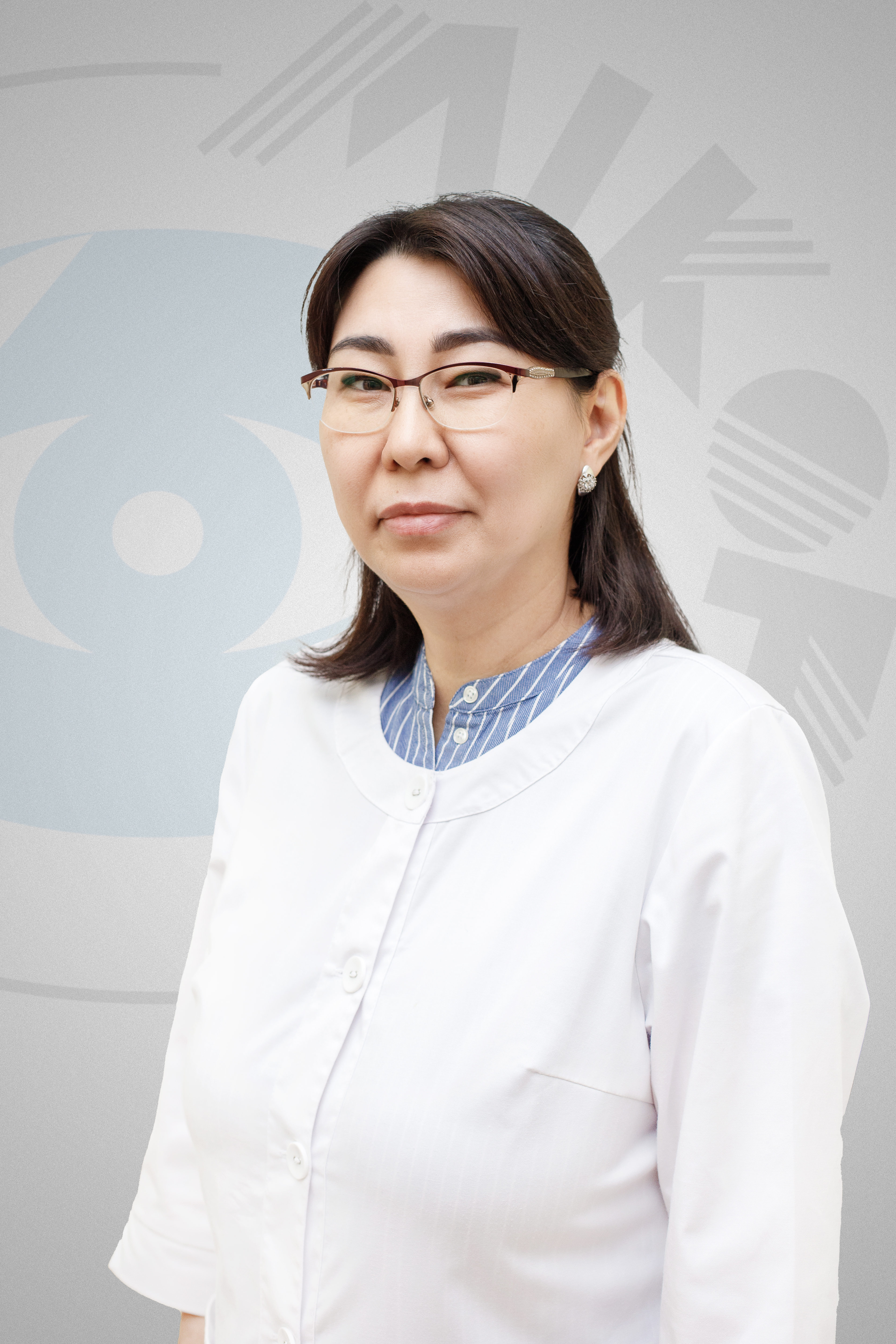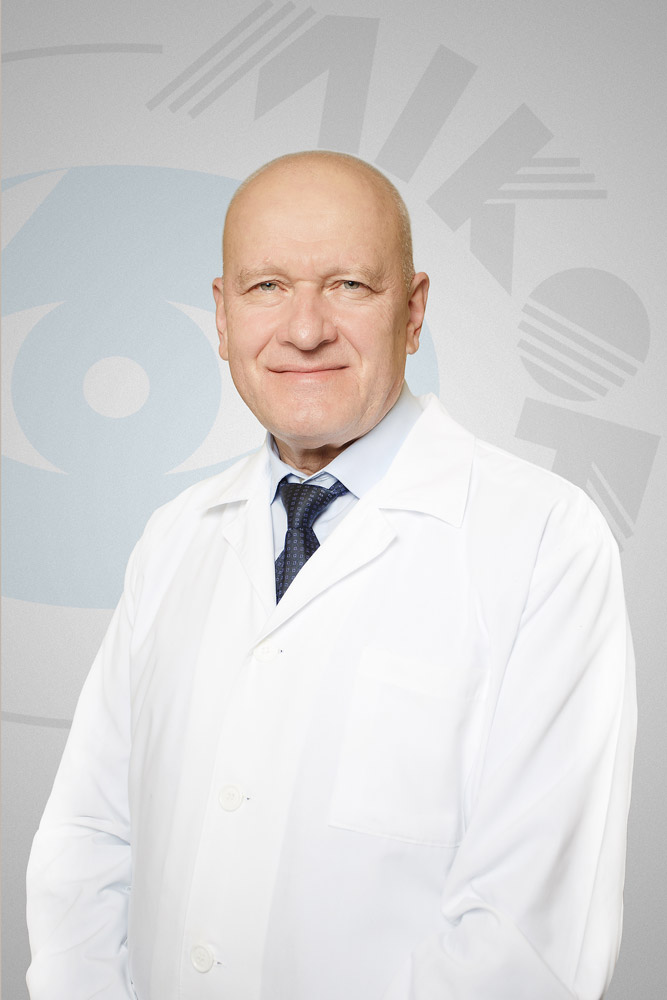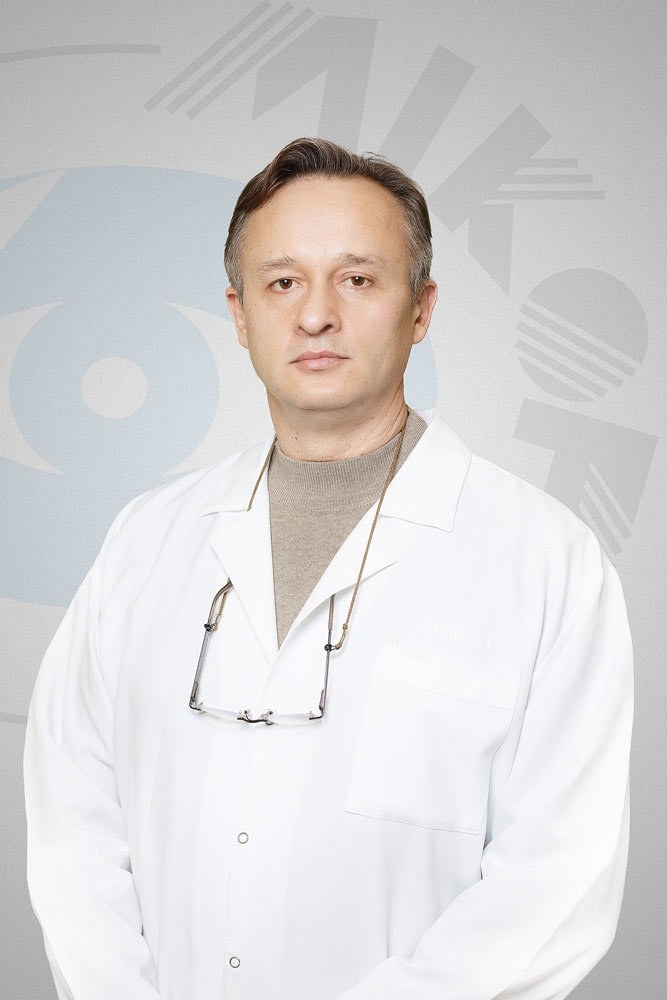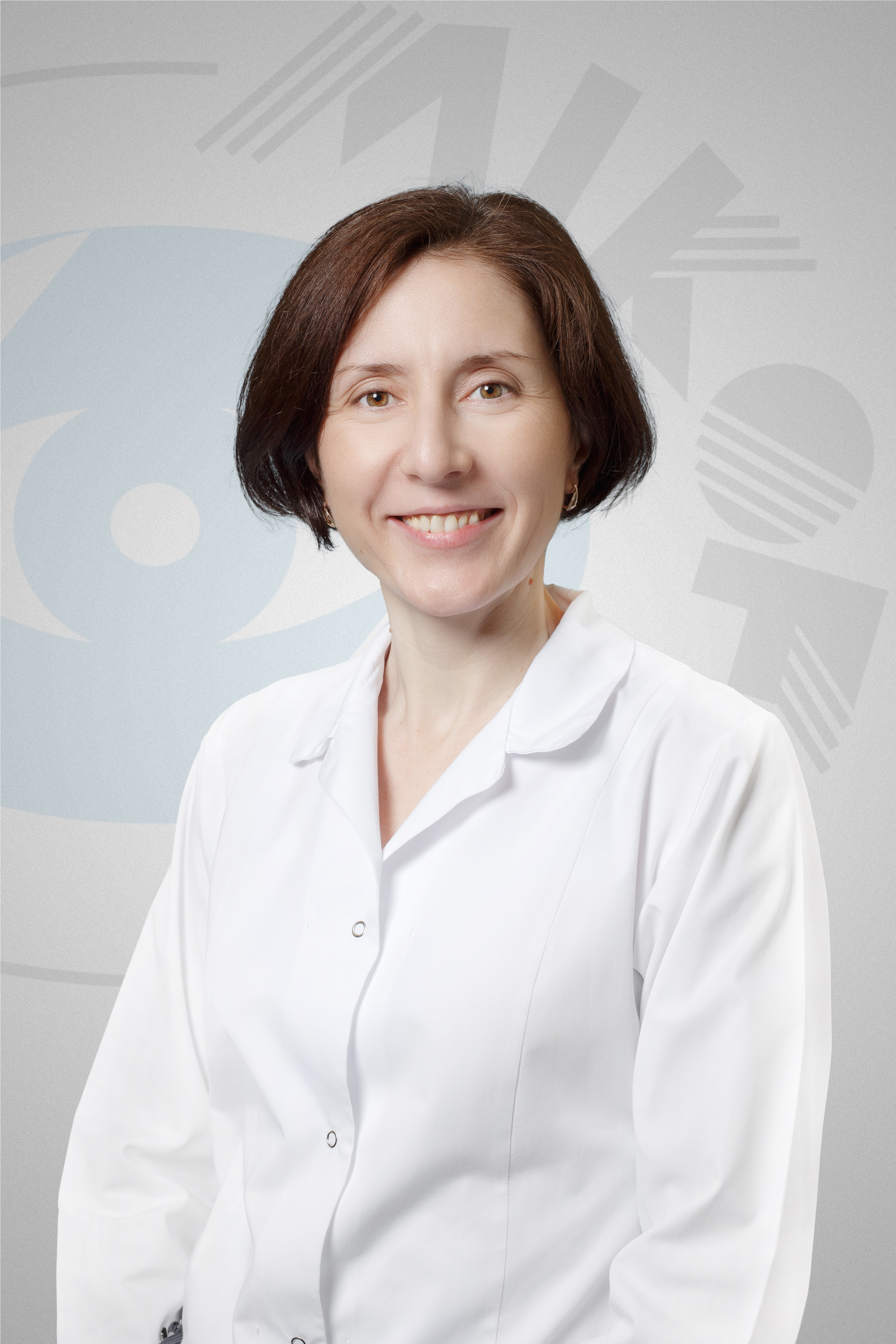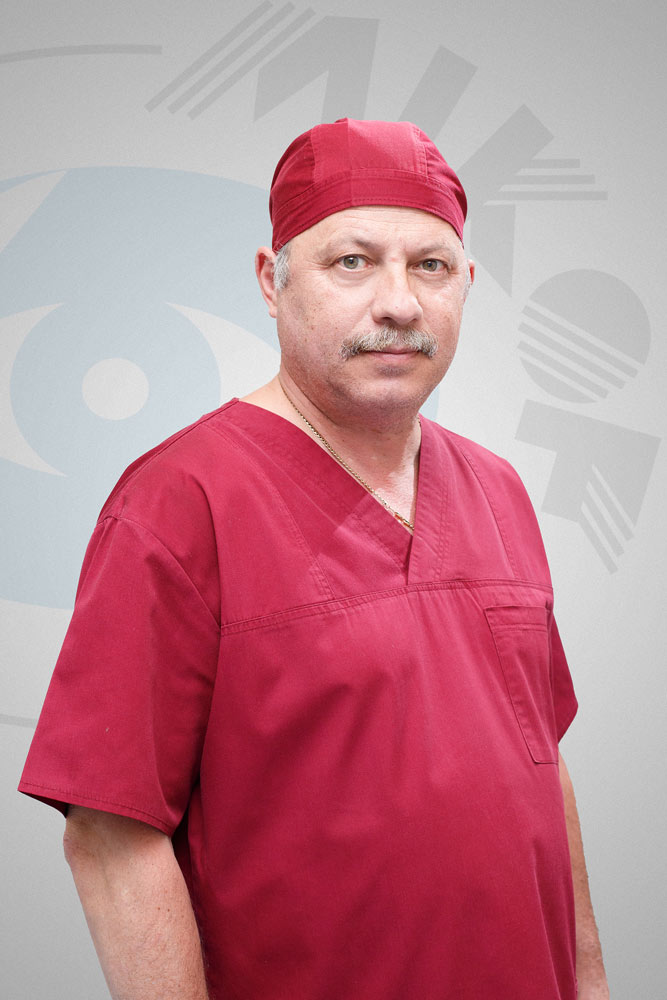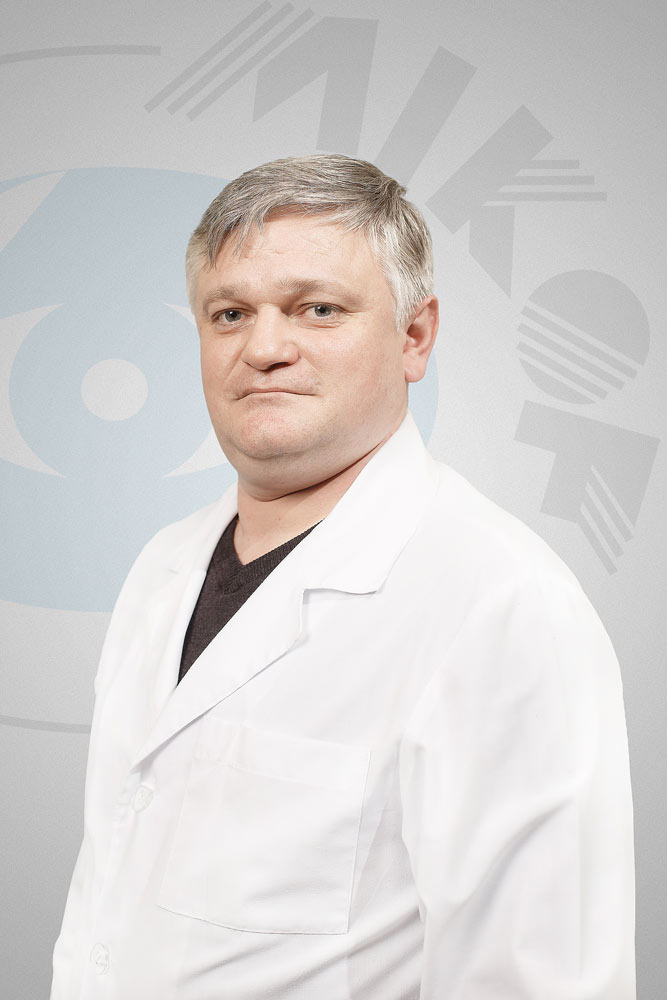Computer topography
Computer topography
(This study is part of the primary diagnosis)
“Eye Microsurgery” - A New Step in the Study of Corneal Topography with a Scheimpflug Camera
In modern ophthalmology, without special equipment it is extremely difficult to determine the degree of development of the disease and prescribe the correct treatment methodology. One such specialized instrument is a computer corneal topograph. It allows you to scan the entire surface of the cornea within a few seconds, measure its topography of the front and back surfaces, the refracting ability at each point, and also reveal the first signs of keratoconus, a chronic disease that leads to thinning and perforation of the cornea.
Topography is used for screening among potential patients of refractive surgical centers, preplanning surgery for astigmatic keratotomy, early diagnosis of conditions threatening the development of corneal ectasia, assessing irregular astigmatism, as well as developing new methods of refractive surgery and the selection of contact lenses of a certain type.
The topographer is computerized and equipped with analytical software for mapping the cornea, as well as a quantitative and qualitative assessment of changes in its relief. And in recent years, this method has begun to be included in the number of routine procedures during optometric examination.
Keratoconus is a degenerative non-inflammatory eye disease in which the cornea becomes thinner and takes a conical shape. Its development can lead to serious visual impairment. Most often, patients complain of photophobia, double vision and blurred images. The disease is the most common form of corneal dystrophy. Keratoconus affects about one out of a thousand people, regardless of nationality and place of residence. The diagnosis is usually made in adolescence, and in the most severe stage, the course of the disease reaches twenty or thirty years.
Today's treatment tactics for keratoconus is a sequence of medical technologies aimed at stabilizing corneal changes and restoring visual acuity. At the same time, the efforts of doctors are aimed at avoiding corneal transplantation. Treatment begins with a cross-linking procedure.

